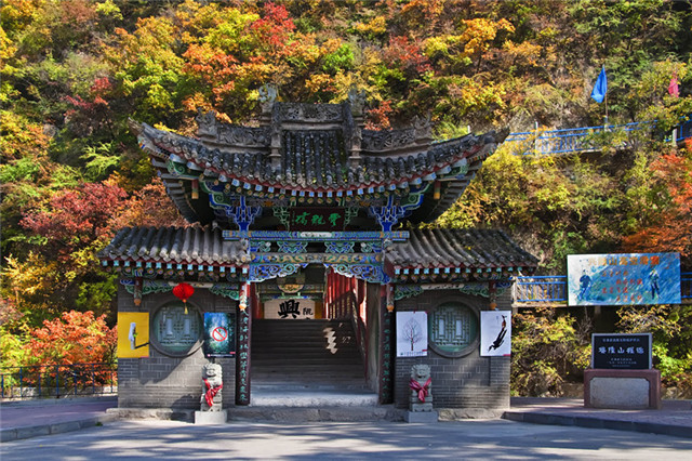Lanzhou: The Yellow River Pearl Where History and Modernity Blend
Lanzhou, known as Jincheng in ancient times, is the capital city of Gansu Province, as well as an important transport hub and famous historical and cultural city in Northwest China. As the only provincial capital where the Yellow River passes through the city, Lanzhou combines the majesty of the desert with the beauty of the south of the Yangtze River, and the civilisation of the Silk Road and the Yellow River culture of the past thousand years are blended here. Lanzhou has magnificent natural scenery, deep historical heritage and mouth-watering Northwest cuisine.
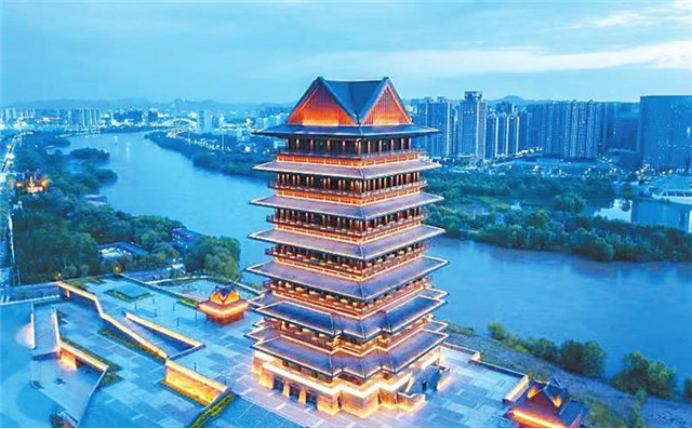
Lanzhou: A Silk Road Town on the Yellow River
Lanzhou is located in the geometric centre of China's land map, with a history of more than 2,100 years since the establishment of Jincheng County in the Western Han Dynasty. As the gateway to the ancient Silk Road, Lanzhou has witnessed the exchanges and collisions between Eastern and Western civilisations. The Yellow River passes through the city from west to east, and the mountains on both sides of the river face each other, forming a unique landscape of ‘two mountains and a river’. The unique geographic location and diversified cultures have created the city character of Lanzhou, which is delicate in its roughness.
1. The Yellow River Travel Line: The Bright Pearl of the Urban Artery
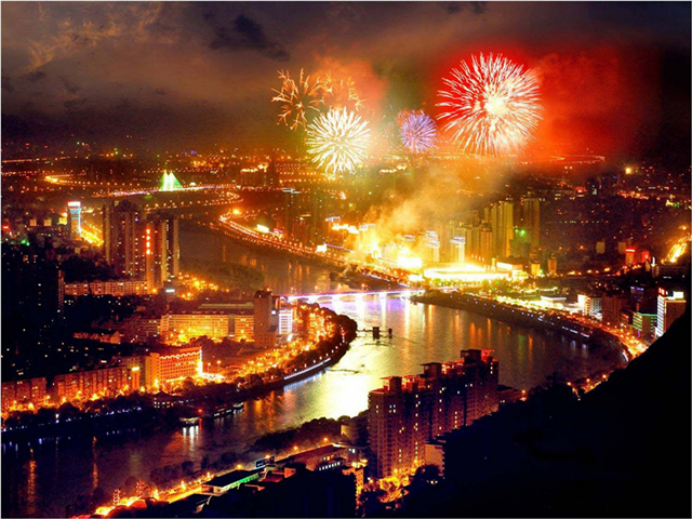
As the longest urban riverside landscape belt in China, this 40-kilometre-long green corridor connects the best landscape of Lanzhou. Since the construction started in 2000, it has become a city card to show the Yellow River culture and Silk Road civilisation.
2.Zhongshan Bridge
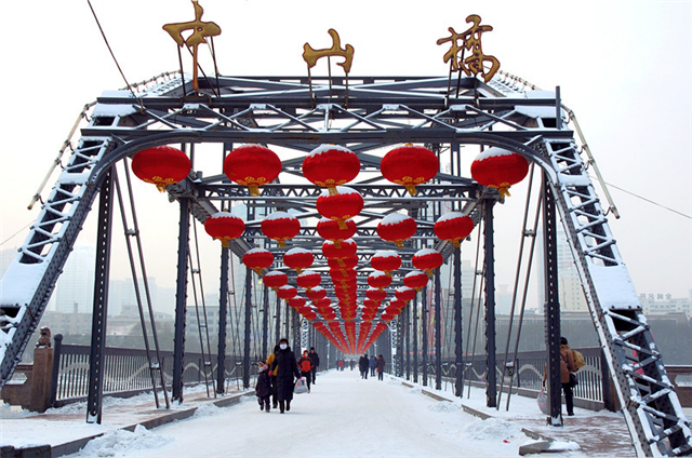
Zhongshan Bridge, built in 1907, is the first all-steel bridge across the Yellow River in China, known as ‘the first bridge over the Yellow River’. The bridge is 233.5 metres long and 8.36 metres wide, with a five-hole steel truss design and exquisite riveting and splicing techniques, and it has stood tall after a century of wind and rain. It was first named ‘Lanzhou Yellow River Iron Bridge’ and was renamed in 1954 in honour of Dr Sun Yat-sen. As a landmark of Lanzhou, its iron-grey body contrasts with the turbid waves of the Yellow River, and at night the light outlines its majestic silhouette, while the inscription at the bridge head details the history of the bridge's construction. Nowadays, the bridge is for pedestrians only and has become a popular spot for viewing the Yellow River, enjoying the sunset and taking pictures of the night view.
3.Waterwheel Expo Park
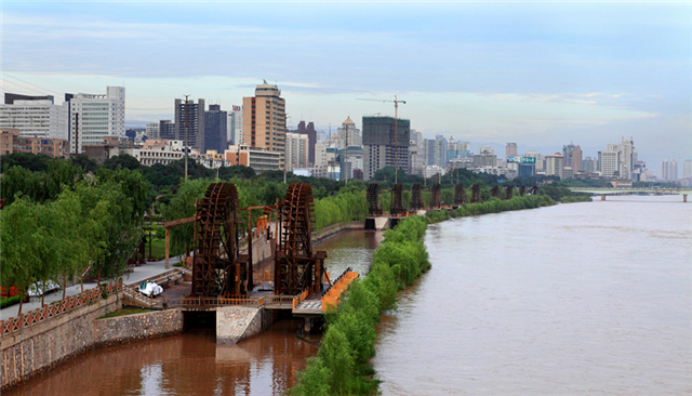
Located on the south bank of the Yellow River, the Waterwheel Expo Park restores the waterwheel group of Lanzhou in the Ming Dynasty, showing the irrigation wisdom of the ancient ‘Waterwheel Capital’. The 12 giant waterwheels in the park are arranged according to the river, with the largest diameter of 16 metres, and the water is lifted by the water flow impacting the wooden wheels driving the water buckets, which reproduces the spectacular scene of ‘irrigating the fields with water from the Yellow River in reverse’. The scenic area is divided into waterwheel display area, water mill experience area and cultural promenade, you can observe the traditional water mill processing grain process, the gallery graphic detailing the inventor of the waterwheel Duan Xu's life and Lanzhou waterwheel development history. In summer, the waterwheel turns
In summer, when the waterwheel is rotating, the water mist fills the air, and the sound of the Yellow River waves interweaves into a unique rhythm, which is a living museum to feel the farming civilisation and Yellow River culture.
4.Yellow River Mother Sculpture
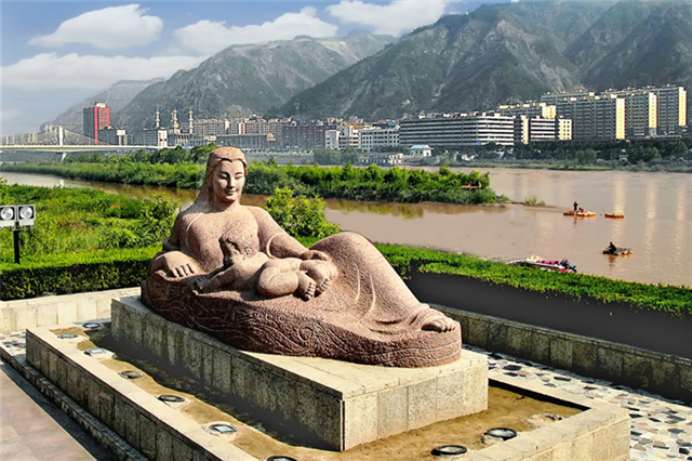
Created in 1986 by Gansu artist He E, this granite sculpture is 6 metres long and 2.5 metres high, symbolising the deep meaning of the Yellow River in nurturing the Chinese nation with the image of a mother lying on her side holding a baby in her arms. The mother's face is kind, her clothes lines flow like water waves, the baby looks up and smiles honestly, and the relief fish and waves underneath echo the ecology of the Yellow River. The base of the sculpture is engraved with the words ‘Mother of the Yellow River’ and the inscription, the green plants at the back are set off, and the reflection landscape is formed with the Yellow River water in front of the sculpture. As a symbol of Lanzhou city, its artistic value and spiritual connotation are highly praised, and visitors often offer flowers in tribute. The best time to shoot is early morning or evening, when the light is soft, the sculpture texture is more obvious.
White Pagoda Mountain Park
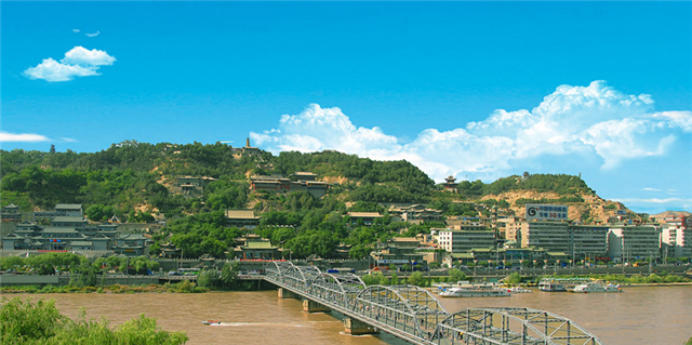
Centered around the White Pagoda built during the Yuan Dynasty, the pagoda blends the esoteric Tibetan Buddhist multi-eaved style with the Han Chinese pavilion-style architecture. Legend has it that the pagoda was constructed to commemorate the "Liangzhou Alliance" between Sakya Pandita and Prince Köden, serving as a testament to the fusion of Mongolian, Tibetan, and Han civilizations. Scattered across the mountain are ancient architectural complexes from the Ming and Qing dynasties: the Three Stars Hall preserves Taoist murals of celestial constellations beneath its upturned eaves and bracket sets, the Arhat Hall houses 18 exquisitely sculpted clay statues of Buddhist disciples with flowing robes, and the Three Officials Hall features Qing Dynasty water-and-land paintings depicting the harmonious principles of heaven, earth, and humanity.
To the east, a forest of stone tablets is inscribed with poems and verses by literati of various dynasties praising Lanzhou. At the entrance of the Cloud-Step Path hangs a plaque inscribed by Zuo Zongtang with the words "Wǎn Gǔ Qín Lǒng" (Hub of Qin and Long), capturing Lanzhou’s majestic role as the Silk Road’s strategic throat. The mid-mountain cliff carving bears the four characters "Jiǔ Qǔ Ān Lán" (Calm Waters Along the Meandering River), embodying the eternal prayers of the Yellow River’s people for their mother river. At the mountaintop River-Viewing Pavilion, the couplet "Gé Shuǐ Hóngchén Yuǎn, Lín Fēng Huàjìng Kāi" (Across the water, the worldly dust fades; Facing the wind, a painted vista unfolds) distills the breathtaking landscape into an enduring poetic masterpiece.
Gansu Provincial Museum: A Millennia-Spanning Hall of Civilization
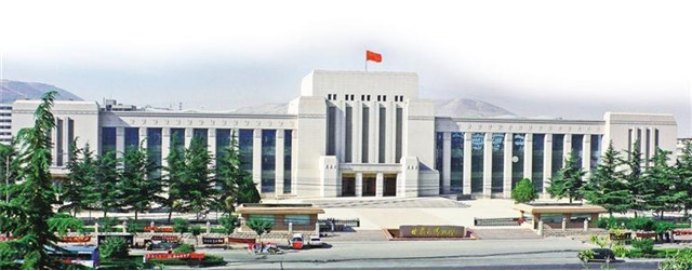
Gansu Provincial Museum is like a three-dimensional epic of Northwest China, where its treasured collections weave together the splendor of the Silk Road and the origins of Chinese civilization. The Silk Road Civilization exhibition follows the trails of camel caravans and merchants, featuring the Eastern Han Dynasty's bronze galloping horse—"Flying Horse Treading on a Swallow"—capturing a moment where mechanics and aesthetics converge in mid-air. The Wei-Jin-era mural brick "Courier on Horseback" freezes the scene of urgent message delivery, offering evidence of China's earliest postal relay system.
In the "Crown of Painted Pottery" exhibition hall, the Majiayao spiral-patterned pottery basin swirls with the waves of the Yellow River from 5,000 years ago, while the mysterious smile of the Dadiwan human-headed vase unlocks the spiritual beliefs of Neolithic ancestors. The Buddhist Art Gallery showcases Northern Wei stone pagodas with reliefs of celestial beings (apsaras) whose ribbons flutter as if caught in the wind, alongside Western Xia script editions of the *Diamond Sutra*, their characters as precise as stars—each piece narrating the fusion of diverse religions along the Hexi Corridor. Every artifact is a glimmer of civilization that even the desert sands could not bury.
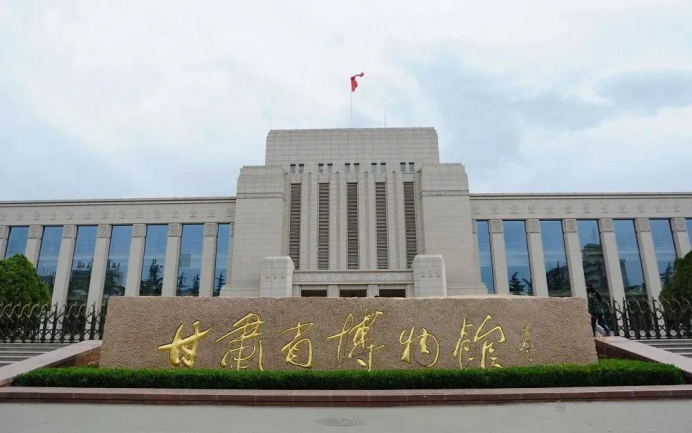
Highlight of the Collection
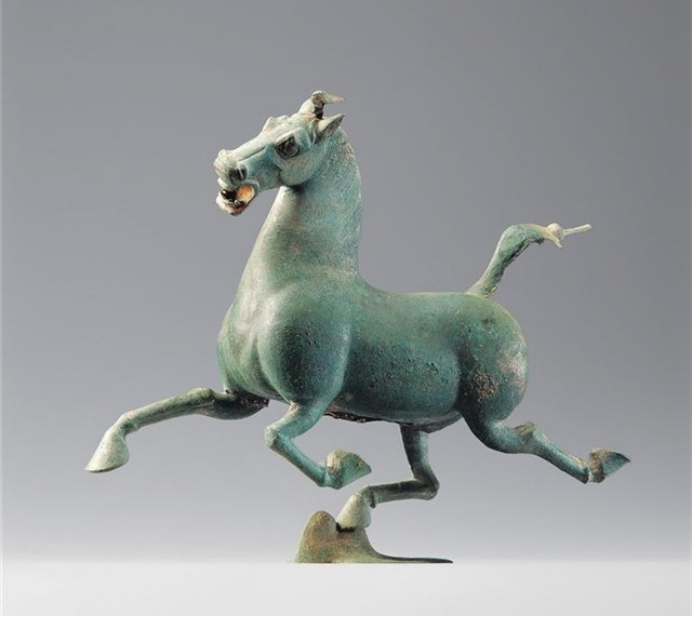
Bronze Galloping Horse (Horse Treading on a Swallow):
A bronze artifact from the Eastern Han Dynasty, serving as China's tourism symbol, embodying the perfect fusion of mechanics and artistry.
Five-Spring Mountain Park: A Sacred Realm of Han General Legends and Buddhist-Taoist Harmony
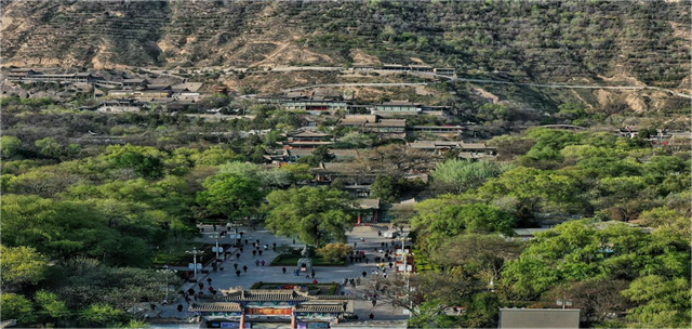
Steeped in the heroic legend of General Huo Qubing striking the ground with his whip to summon five springs, Five-Spring Mountain unfolds a cultural spectacle where Confucianism, Buddhism, and Taoism coexist in harmony. Nestled among its terraced Ming and Qing architectural complexes, Chongqing Temple houses vibrantly painted Ming Dynasty sculptures, while the Vajra Hall features fierce-eyed guardian deities, and the Scripture Depository beams are adorned with Journey to the West murals.
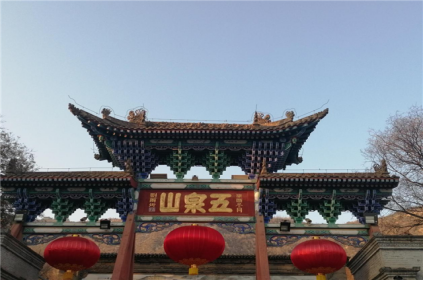
The Thousand-Buddha Pavilion enshrines serene and solemn Tang and Song Dynasty statues, with countless miniature Buddhas embedded in its walls like a glittering galaxy. Zhuge Liang’s Shrine stands side by side with the Three-Religions Grotto, where the statue of the legendary strategist—cloaked in his iconic feather fan and silk scarf—shares incense smoke with Buddhist and Taoist altars, embodying Lanzhou’s pluralistic spiritual heritage.
The Eastern Corridor’s Stele Forest preserves classical poetry across dynasties, including Zuo Zongtang’s bold cliff inscription "Five-Spring Waterfall"—its strokes as sharp as a sword—and Lin Zexu’s poignant poem engraved on the Moon-Cupping Spring rock during his frontier exile. Every spring and pavilion here whispers an epic, echoing the millennial blend of scholarly grace and martial valor in the Golden City (Lanzhou).
Xinglong Mountain Cultural Landscape: Millennia of Literary Legacy in Longyou's Celebrated Peak
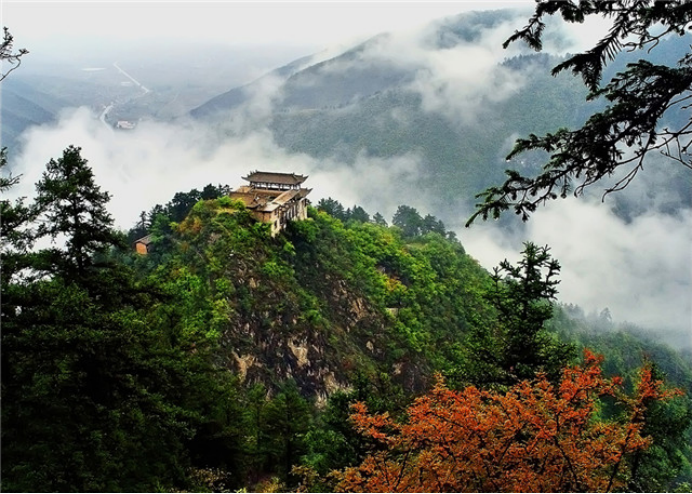
Since ancient times, Xinglong Mountain has been a scenic jewel of the Longyou region, its layered peaks bearing the imprints of diverse cultures. The Genghis Khan Cultural Exhibition Hall houses relics from the Mongol Empire, commemorating the legend of the Great Khan's encampment during his western campaigns. By the Taibai Spring, stone tablets are carved with tales of Li Bai's travels—the crystalline waters reflecting the literary brilliance of the High Tang era.
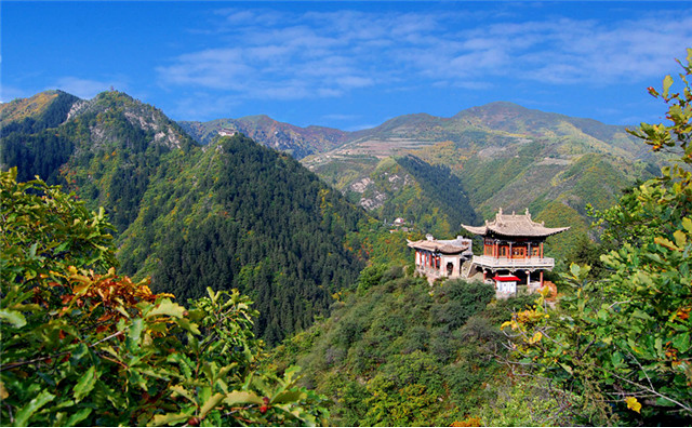
Spanning a secluded gorge, the vermilion-lacquered Cloud-Dragon Bridge bears Zuo Zongtang's inscribed plaque "River's Song, Mountain's Hue"—a testament to the late-Qing statesman's vision for the Northwest. Scattered across the slopes, Republic-era buildings like Chiang Kai-shek's Mountain Villa emerge through pine forests, whispering stories of the wartime Northwest.
On the eastern peak, Ming Dynasty murals in the Great Buddha Hall retain their vibrant hues, while Taoist temples on the western foothills maintain undying incense—a harmony of Buddhism and Taoism. Cliff carvings, ancient steles, and pavilions dot the landscape, fusing frontier grandeur with recluse's elegance into this mountain sanctuary.
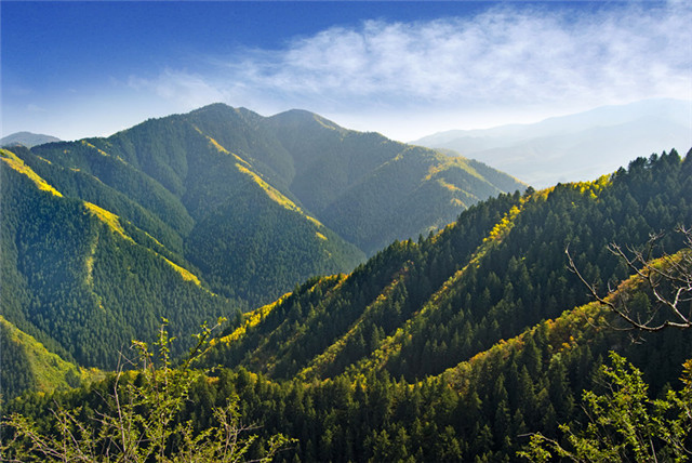
Ecological Features
Located 45 km from the city center, this national nature reserve spans eastern and western mountain ranges, with spruce forests covering 86% of the area. Its ever-changing seasonal landscapes are particularly famed for autumn's crimson foliage.
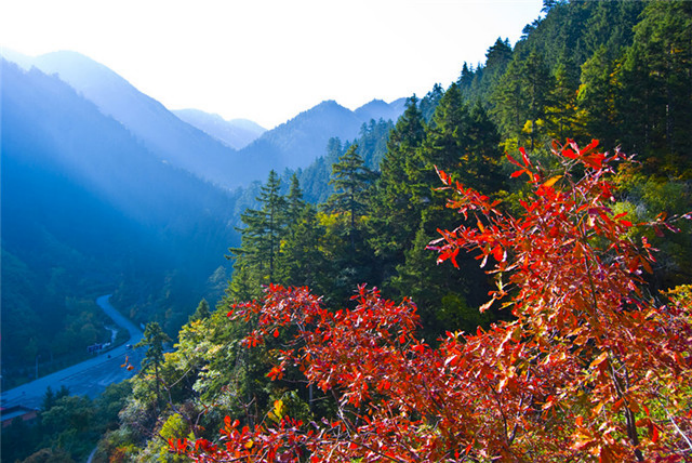
Cultural Attractions
Genghis Khan Artifacts Exhibition Hall: Houses weapons and documents from the Mongol Empire era.
Taibai Spring: Legend claims Li Bai (Tang Dynasty poet) once drank and composed poetry here during his westward journey.
Chiang Kai-shek's Mountain Retreat: A complex of neoclassical-style buildings constructed during the Anti-Japanese War.
